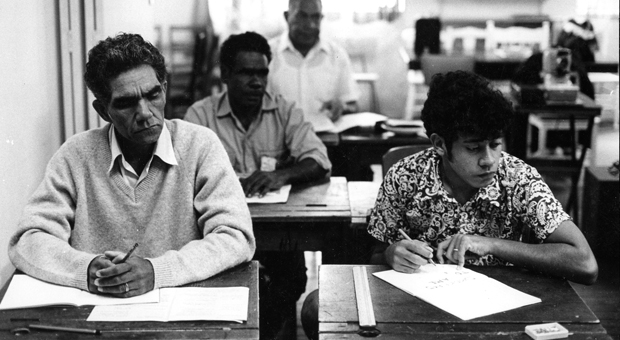
Places


Elouera Gym

Bill McConnell’s gym

Koiki: the Mabo star

Golden Gloves gym

Gadigal mural

Dave Sands Lane

40,000 Years mural

Aborigines Protection Board Office

Darlinghurst Gaol

Barcom Glen

Speakers’ Corner at The Domain

Elizabeth Town

Richard Hill’s House

The Rushcutters Bay settlement

St Mary’s Cathedral

Artspace Gallery, Surry Hills

Mrs Macquarie’s Chair

Reconciliation Park

NYE Welcome to Country illuminations

Woolloomooloo Bay

Observatory Hill

Blackwattle Creek

Aboriginal sites on Goat Island

Moore Park Campsite
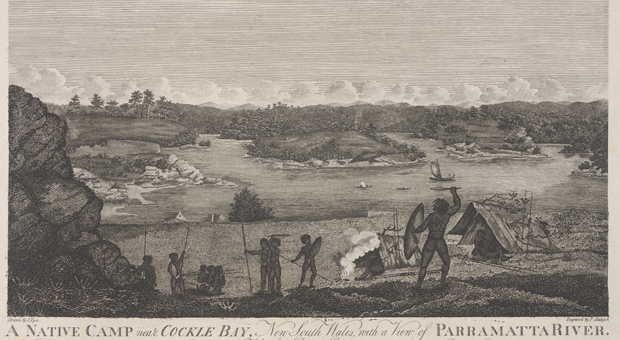
Tinker’s Well
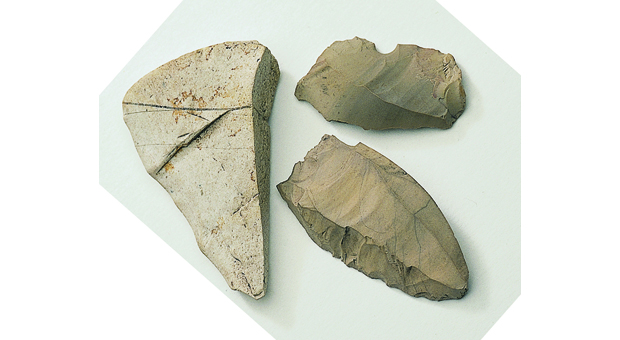
Moores Wharf Midden

Moore Park Engraving

Yurong Cave and Yurong Midden

William Street

St Mary’s Cathedral Hatchet

The KENS Site

Junction Lane Campsite

Conservatorium of Music

Wynyard Walk campsite

Darling Walk Midden

YININMADYEMI Thou didst let fall

Government Boatsheds

Foundation for Aboriginal Affairs

Our Lady of Mount Carmel Primary School

Darlington Public School

Cleveland Street High School

Alexandria Park High School

Waterloo Town Hall & Library

Federal Match Factory

Australian Glass Manufacturers

Francis Chocolates

Eveleigh Railway Yards
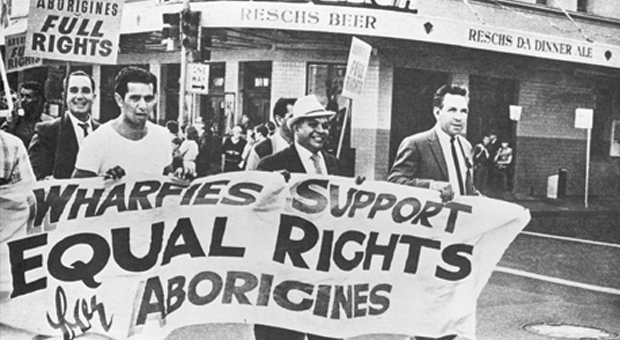
Trades Hall

Redfern Town Hall

Sydney Town Hall

Alexandria Town Hall

Empress Hotel

Clifton Hotel

Redfern Community Centre

Aboriginal Dance Theatre Redfern

Eora Centre

Redfern Park

Land Rights

Freedom Ride

Boot Trade Union Hall

Aboriginal Medical Service

Aboriginal Legal Service

St David’s Hall
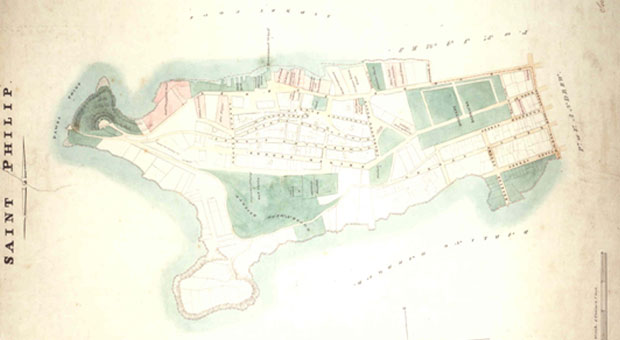
Dawes Point / Tar-Ra

Koori Knockout

Redfern All Blacks

Paddington Town Hall

Bangarra Dance Theatre

Gadigal Information Service

Radio Redfern

Aboriginal Islander Dance Theatre
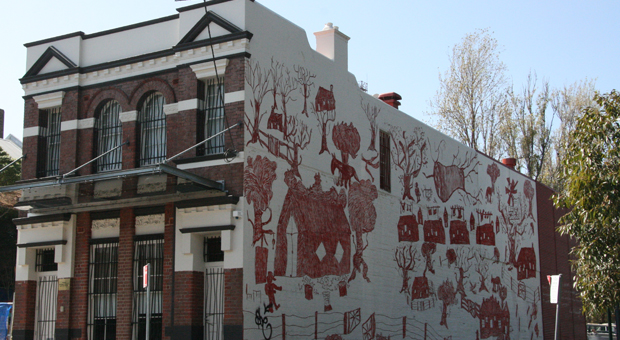
Wyanga Aboriginal Aged Care

The Edge of the Trees
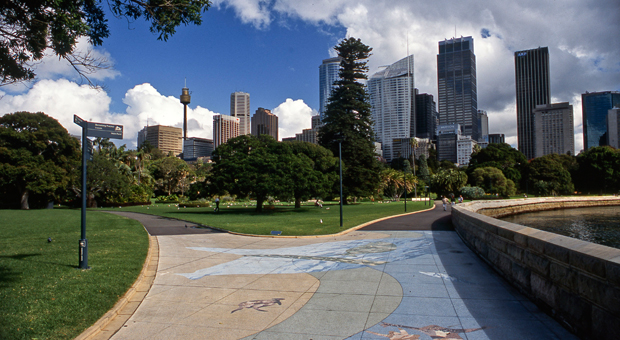
Wuganmagulya (Farm Cove)

Yiribanna Gallery

Burlington Hotel

Black Theatre

Foundation for Aboriginal Affairs

Henry Jones IXL jam factory

Aboriginal Housing Company

NAIDOC Week in Sydney

Australian Hall

Aborigines Welfare Board

Sydney Cove / Warrane
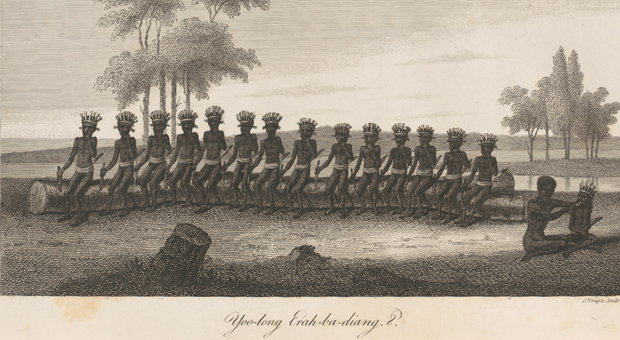
The Domain and Royal Botanic Gardens

The site of First Government House

Hyde Park South

Australian Museum

Prince Alfred Park (Cleveland Paddocks)

Lake Northam

Bennelong Point / Dubbagullee

Lilyvale Campsite

Sheas Creek (Alexandra Canal) Alexandria




